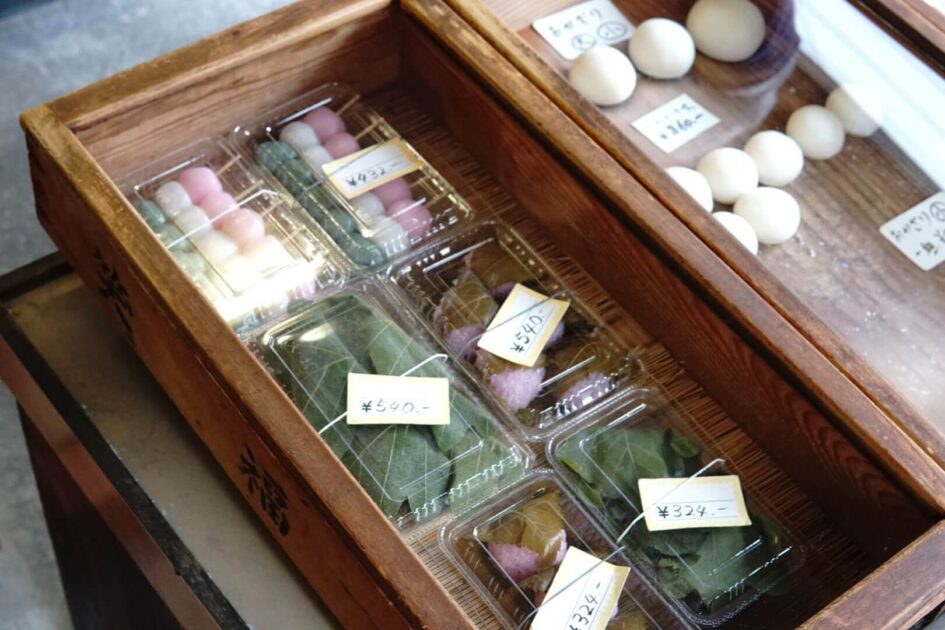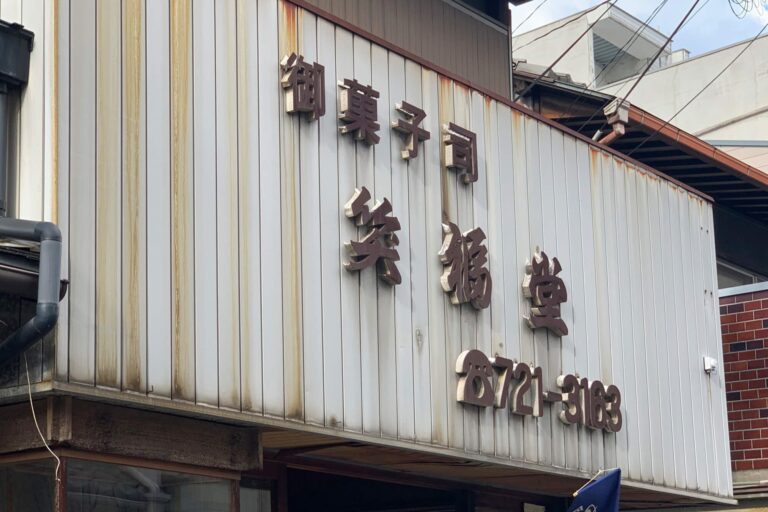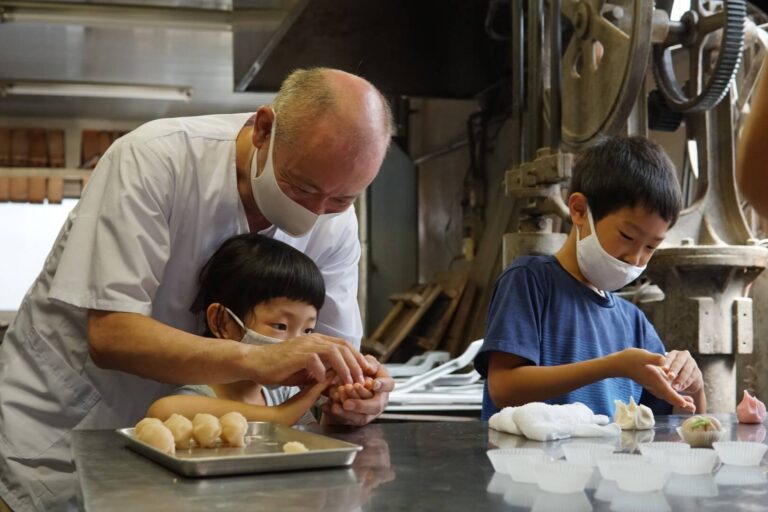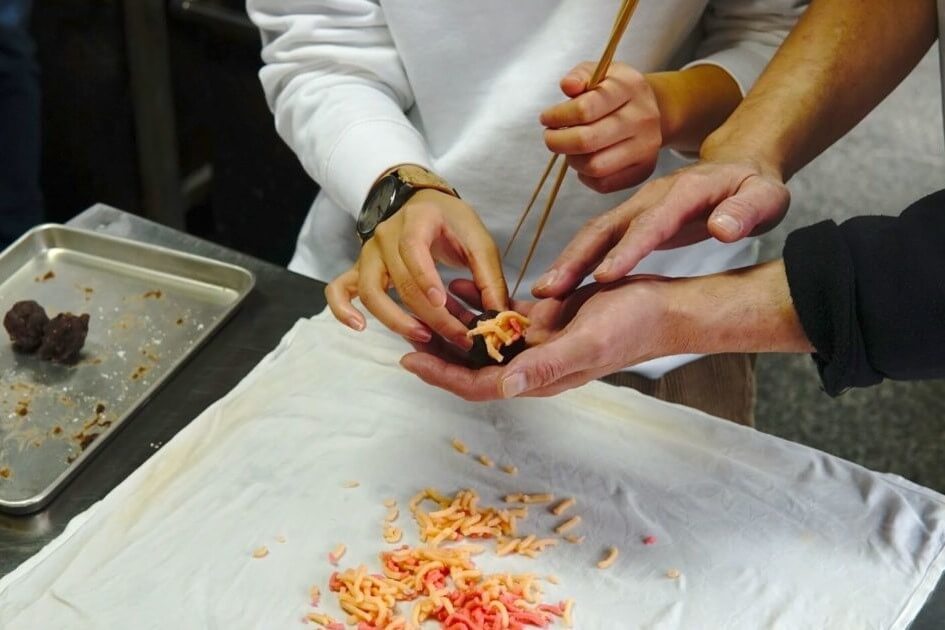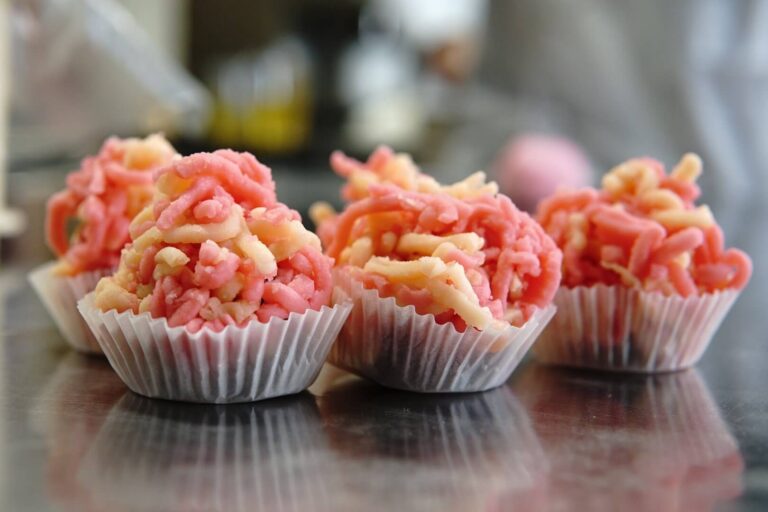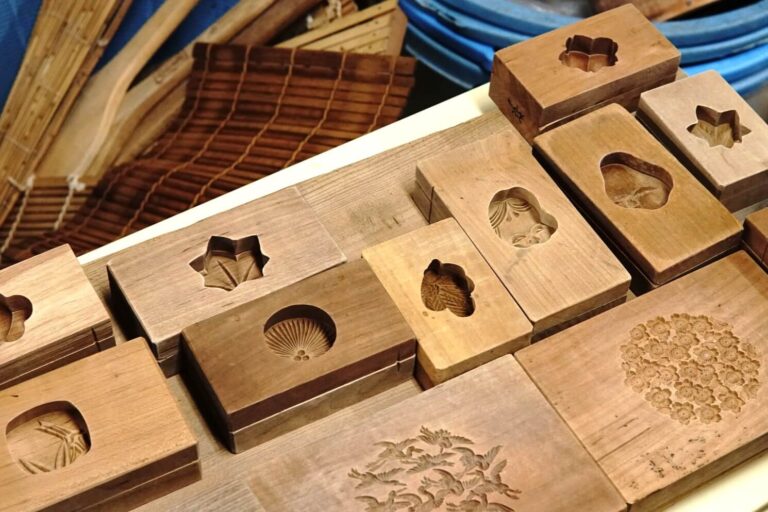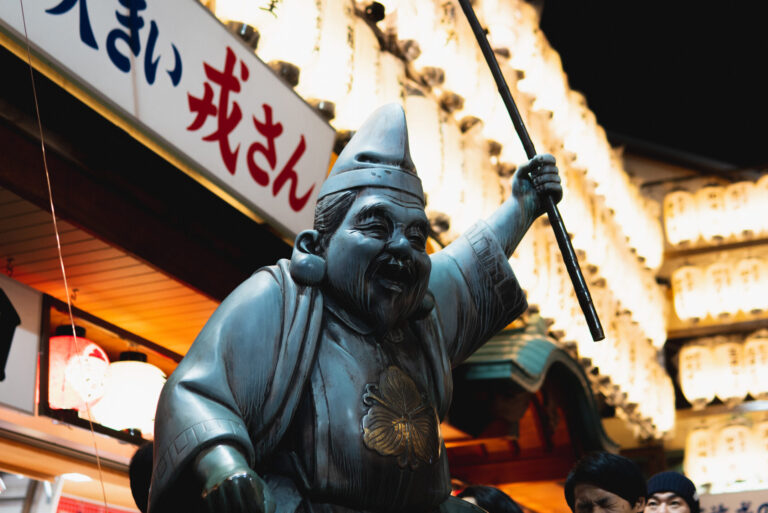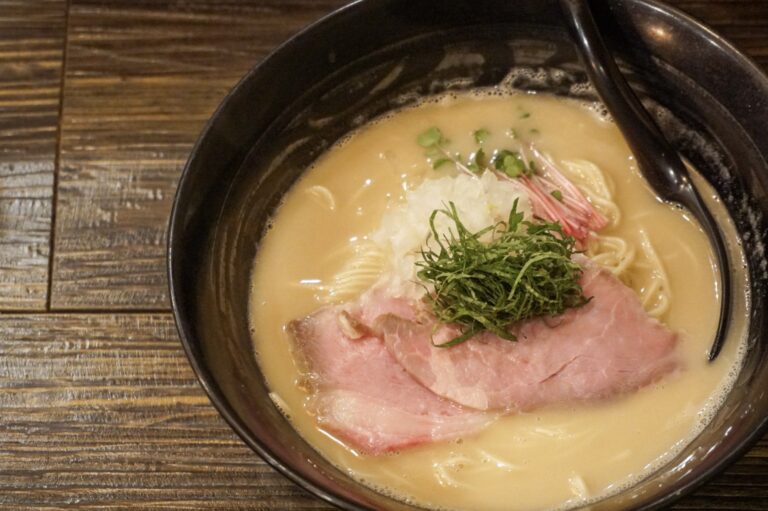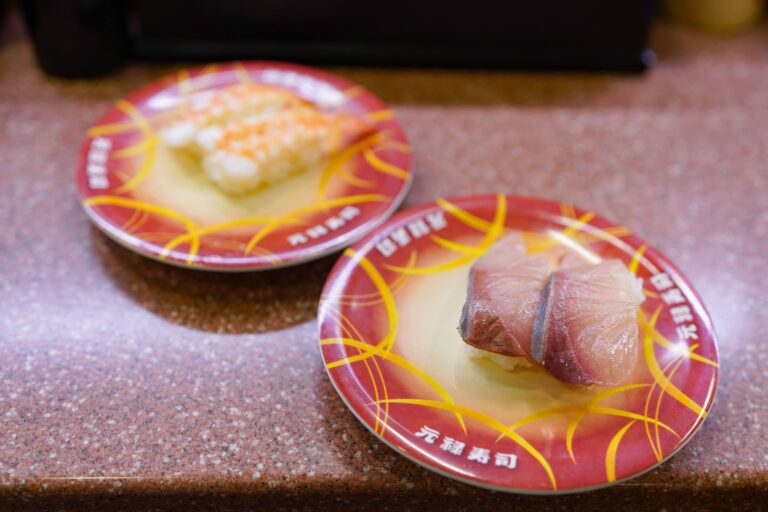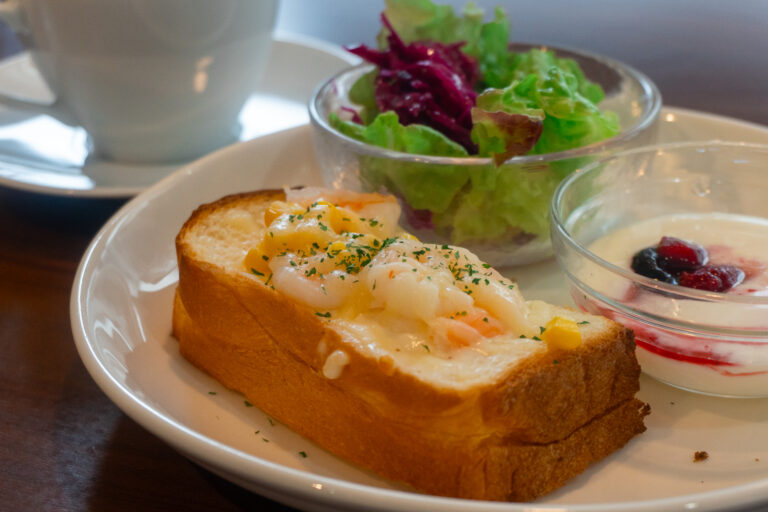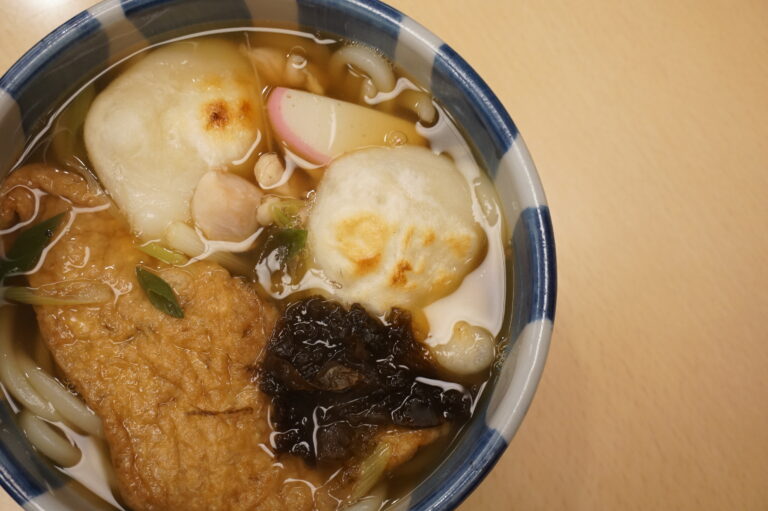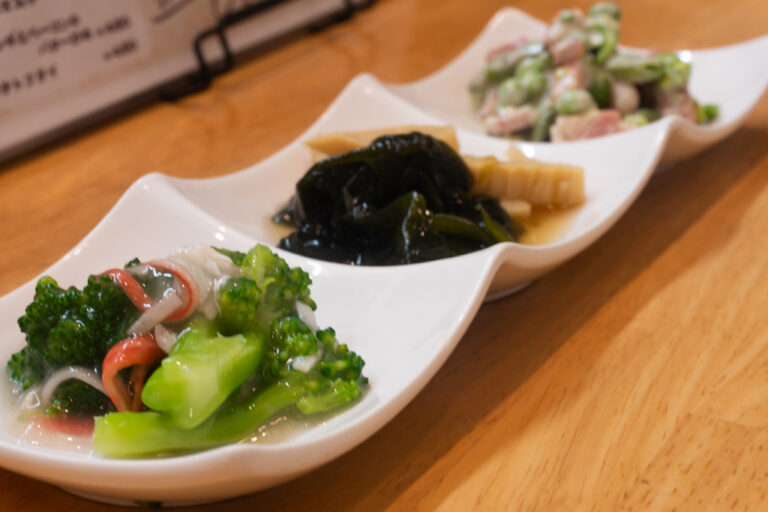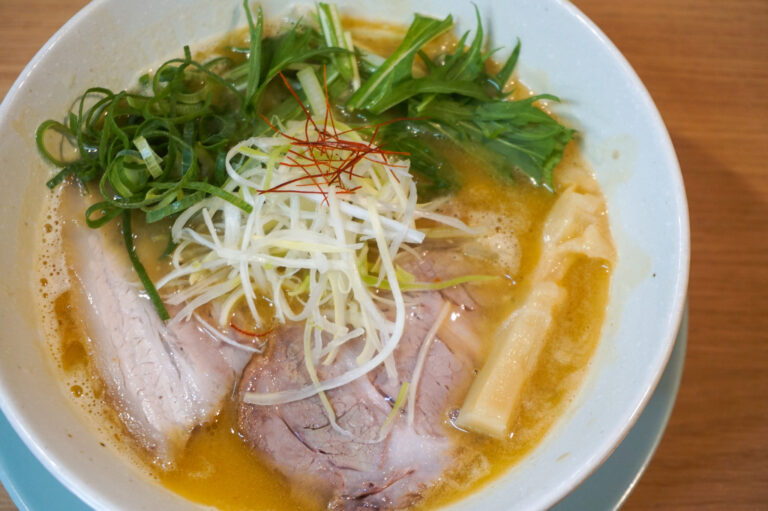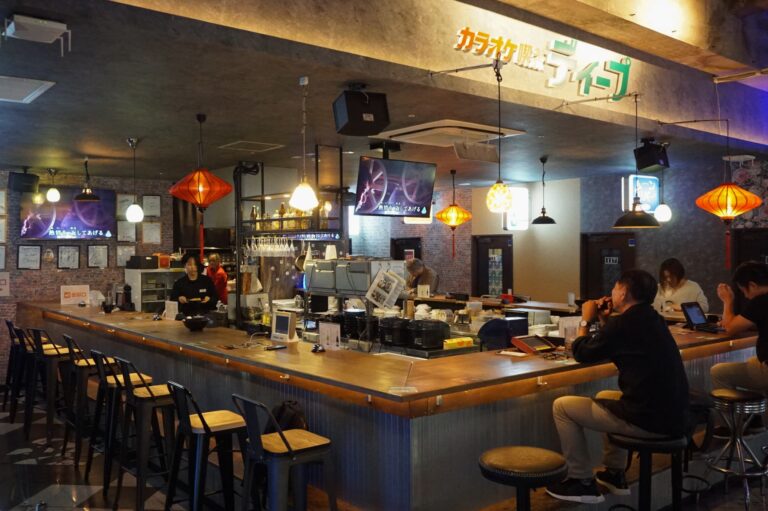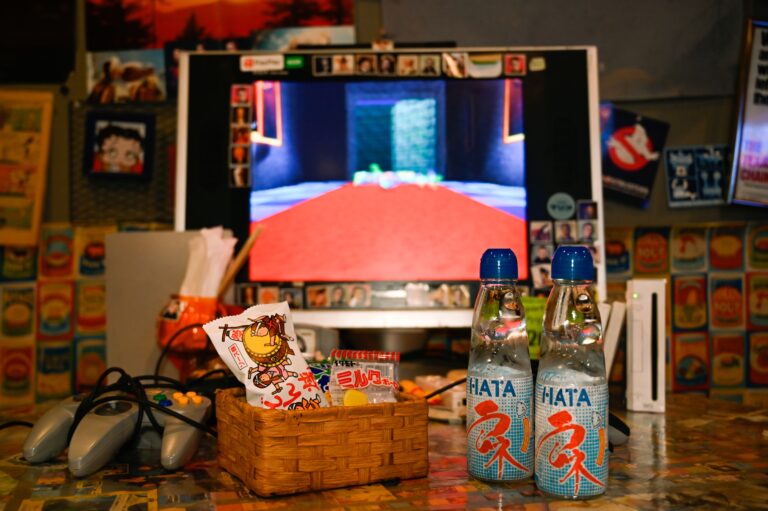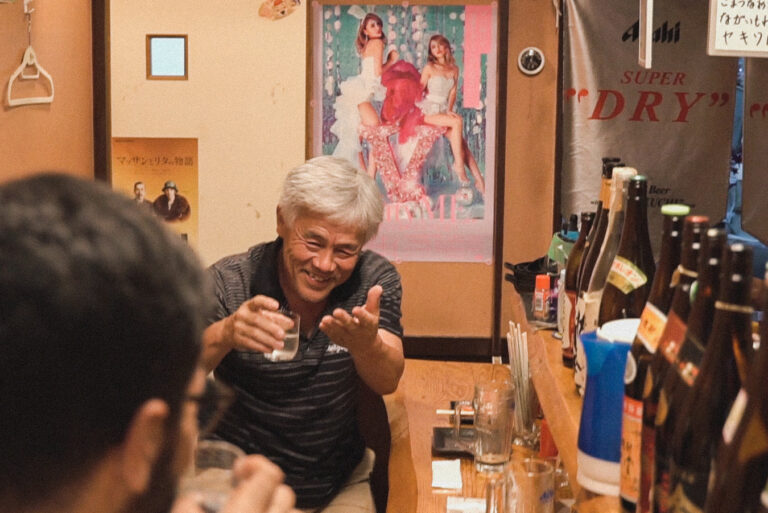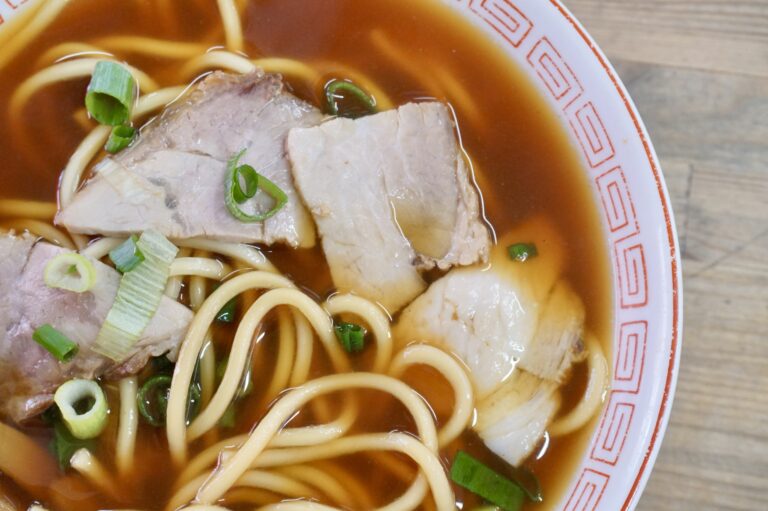The memory of a rice cake shop, with 120 years of tranquility.
A short walk from the hustle and bustle of Fuse's shopping district, you will find "Shofukudo" standing alone in the middle of the street.
There, standing alone is "Shofukudo.
The store has remained unchanged since 1903. The three-colored dango and sakura mochi lined up in the showcase are as soft as if they were wrapped in the season itself.
The craftsmanship put into the rice cakes and the atmosphere of the store where time passes slowly.
I can understand why some people come to the shop for these reasons.
The place is not so much a Japanese confectionery, but rather a place of "tranquility" placed softly in the midst of daily life.
| Address | 3-5-12 Ashidai, Higashiosaka-shi, OsakaGoogleMap |
|---|---|
| Phone number | 06-6721-3163 |
| regular closing day | Thursday |
It started with a rice cake shop, and Japanese confectionery.
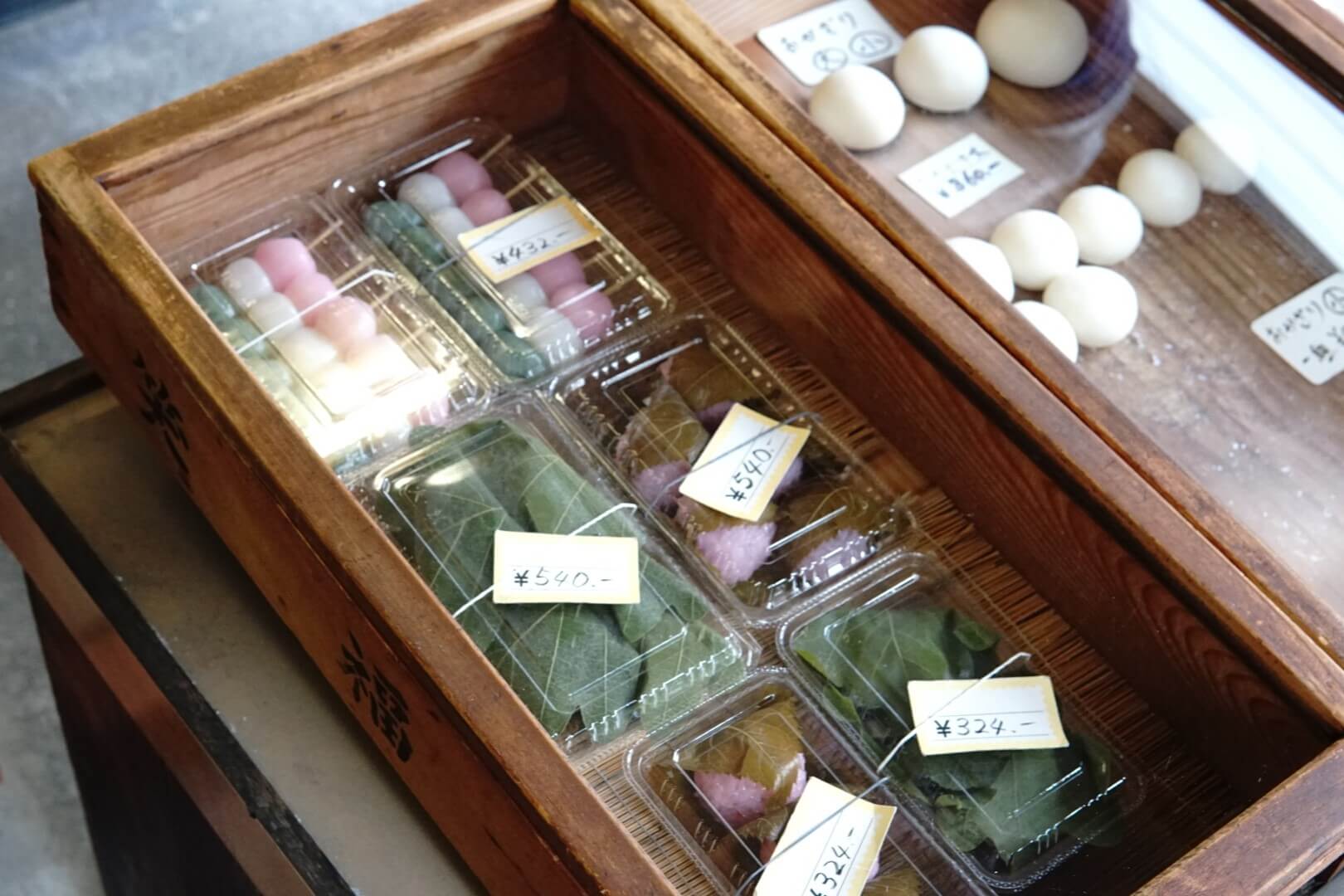
There are many different types of Japanese confectionery shops. Shofukudo” is a wagashiya with its roots in a rice cake shop that has been in the town of Fuse for 120 years. It was founded in 1903. Today, the shop offers a wide variety of wagashi, including Mikasa, chestnut manju, and nerikiri, but the star of the show is the mochi (rice cake).
In particular, sakura mochi (cherry blossom cakes) and sanshoku dango (three-color dango) are not only available in spring. It is no wonder that people want them all year round. Dumplings are the most difficult to make,” says the owner, Mr. Izukura. It’s not a matter of logic. It’s the chewy texture of the first bite. That is where the art of making dumplings comes in.
A quiet store beyond the bustle of the city
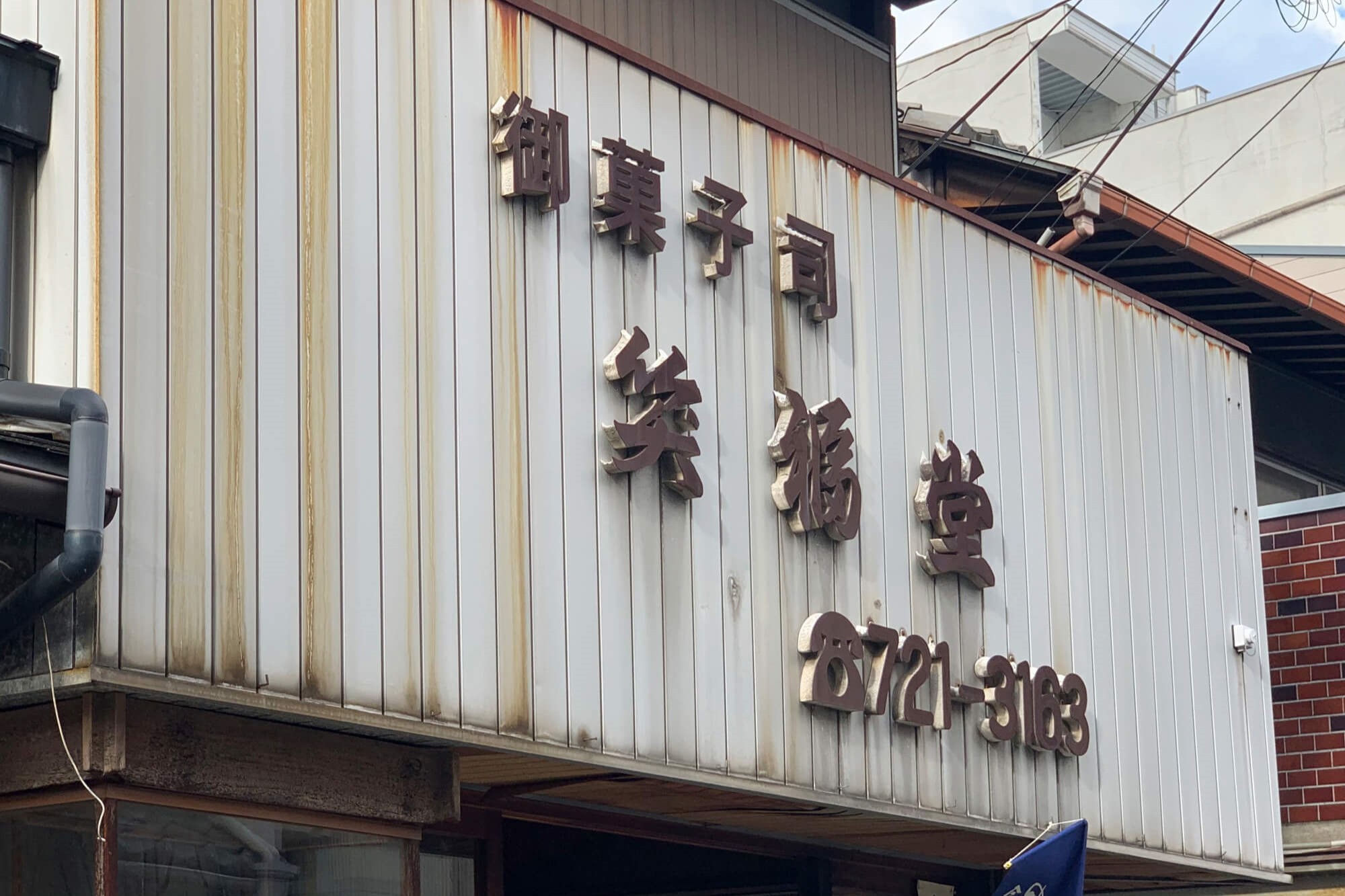
A little past the Fuse shopping street. Just past the end of the busy shopping street, you will find “Shofukudo”. The store, which has not been renovated, is exactly as it was when it first opened. Even the sound of the floor creaking seemed to take me back in time.
The entire street used to be a shopping district. Today, however, there are only a few stores that still maintain their goodwill. Amidst all this, Shofukudo continues to deliver the “sweetness of everyday life.
Neighbors come by to buy dumplings. Someone recommends the shop to someone else, saying, “The sakura mochi here are a little different from the others. The popularity that has spread in this way is something that cannot be measured by the way information spreads on the Internet today.
Time of handiwork in the tools
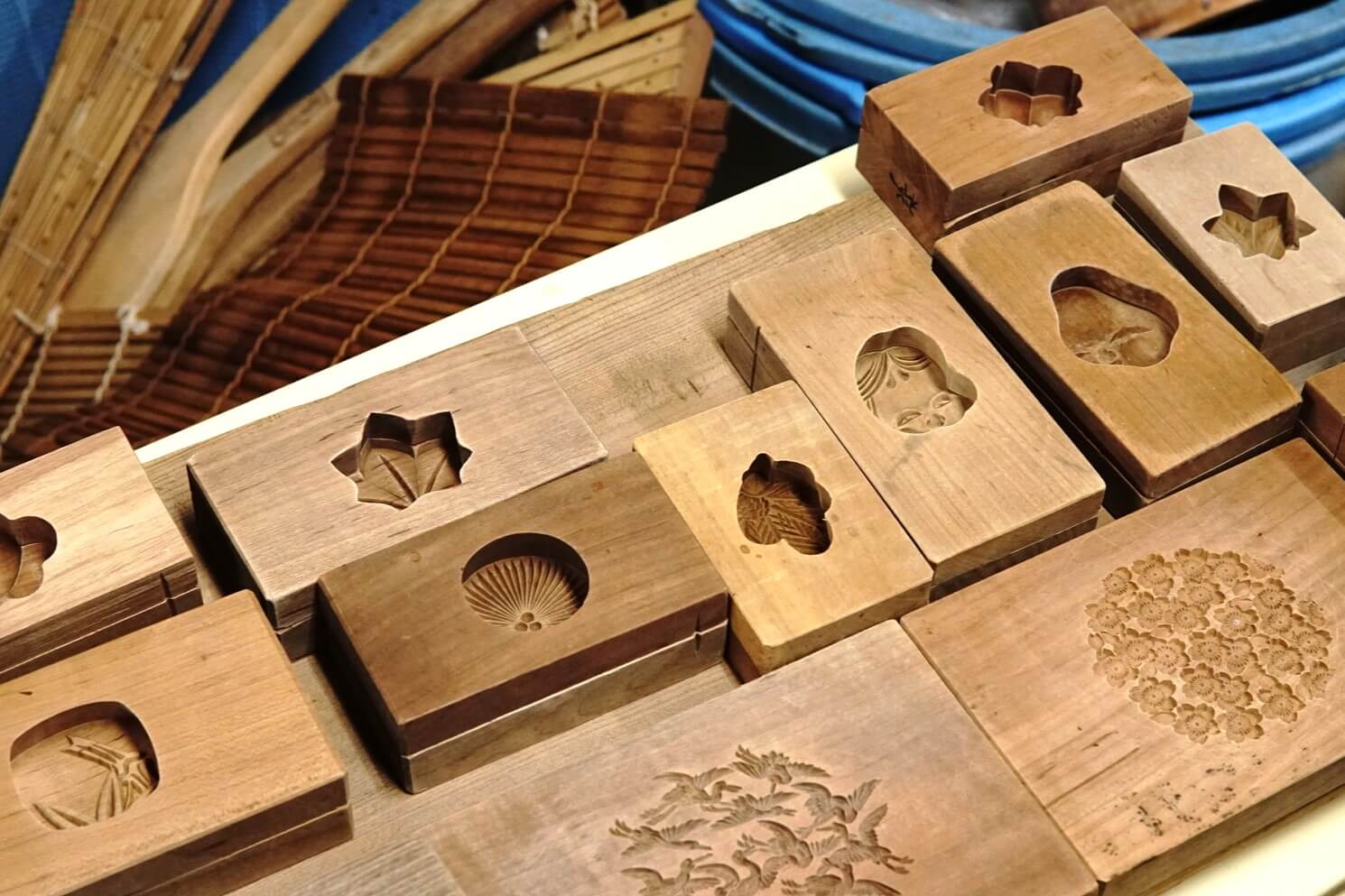
The shelves of the workshop are lined with age-old tools. A wooden rice cake pounder and wooden molds for tray sweets, each made to order. The cracks and grains of the tools show the 120 years of “attention to detail”.
This is a wooden mold that we have been using for a long time. When we use it to mold the kneaded dough, it gives a nice shade,” says Izukura.
Looking at these tools, one is reminded that a craftsman’s work is the accumulation of time, which cannot be measured by efficiency.
A town where the appearance is a landmark
While the landscape of the town is changing, Shofukudo remains virtually unchanged. That is why, when people who have left their hometowns return to Fuse after a long absence, they find themselves saying, “Ah, here it is.
The color of the brick, the wooden sign, the wagashi lined up in the glass case. Everything is just as it was back then. But it never gets old. Perhaps this is because the will to “keep going” is ingrained in the store.
A sweet and quiet time in Fuse
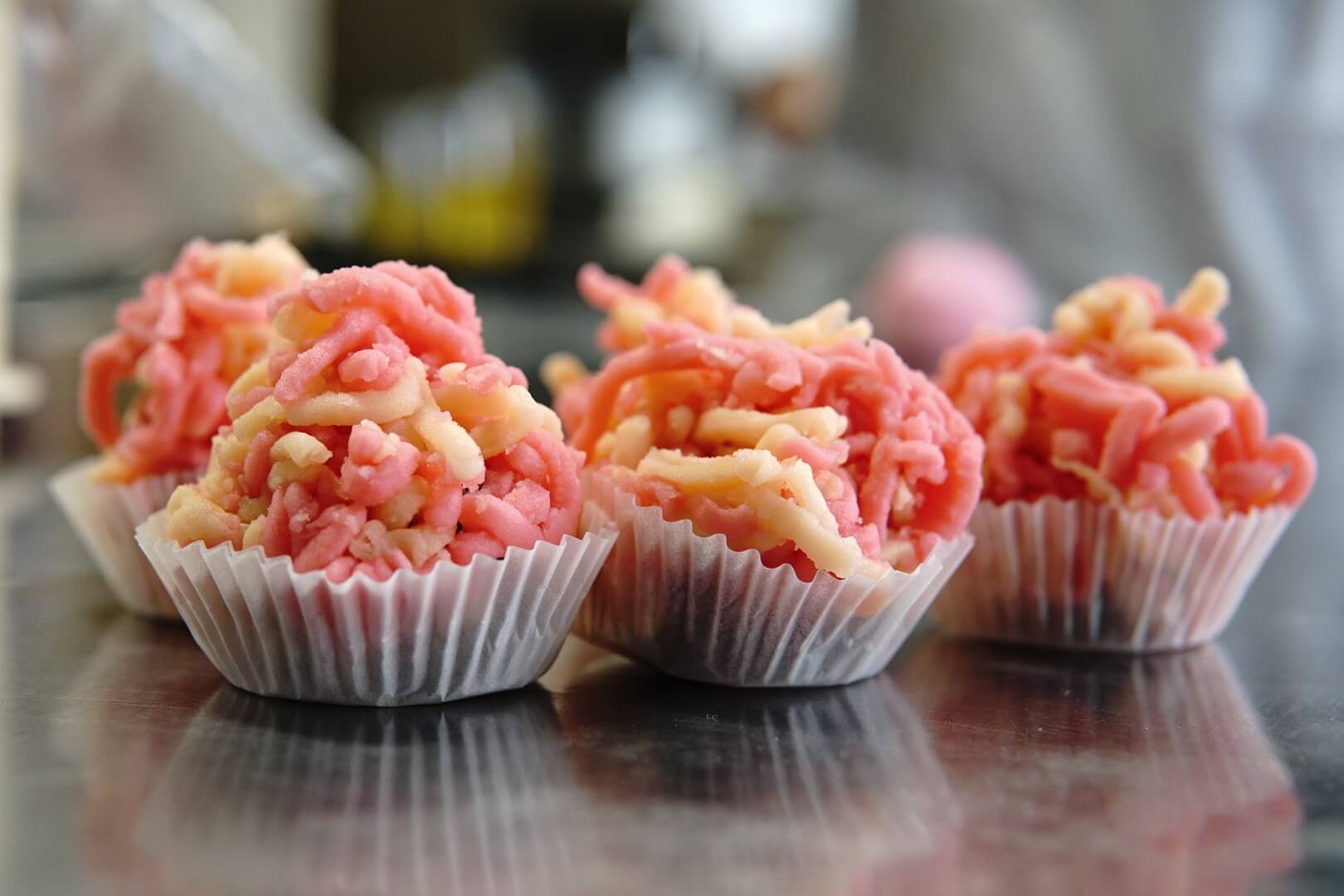
You can go there to taste Japanese sweets. You can also take a little peek into the world of artisans through a hands-on experience. Simply standing in front of Shofukudo and placing yourself in the silence is probably worthwhile.
It is the kind of place where one’s heart will softly relax when one is touched by its “presence.
Shofukudo has been around for 120 years. We hope you will experience the taste and atmosphere with your own senses.
